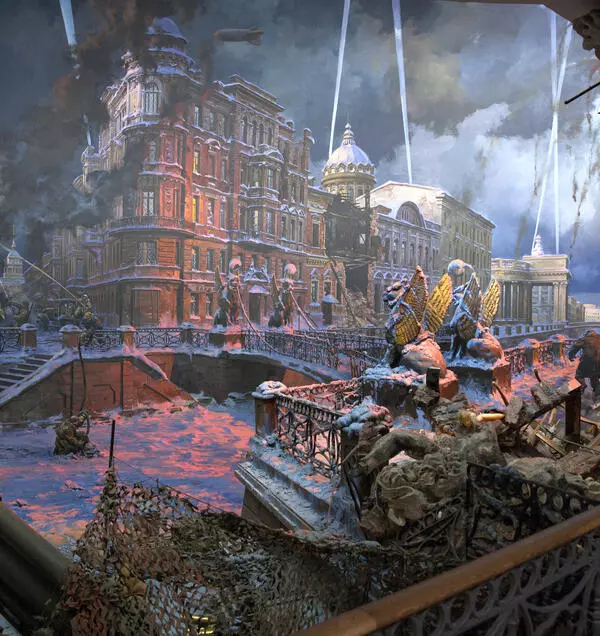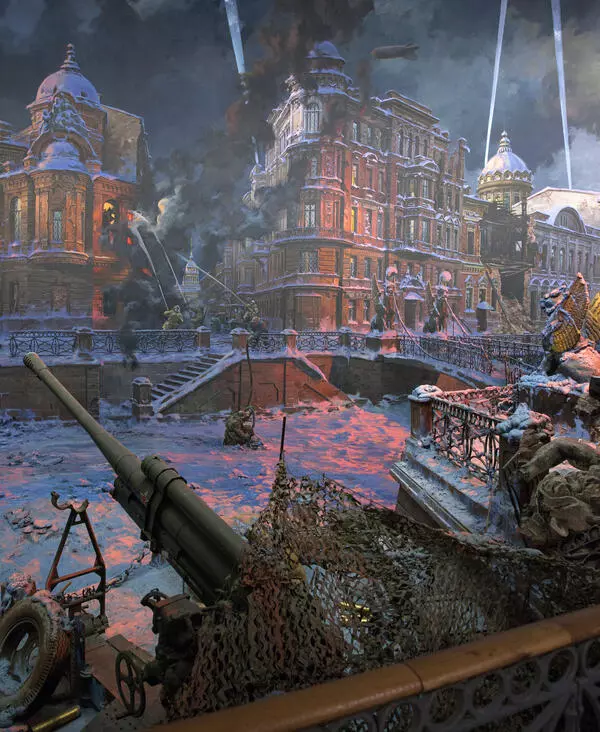The album “Peoples of Russia”, kept in the collection of the National Pushkin Museum, was created by the Russian engraver, draftsman, master of perspective graphics and traveler Yemelyan Korneyev (1782–1839).
In his artworks created on various trips, Korneyev, an academician of history painting, focused on the peoples of the Russian Empire, their traditional costumes, rituals and crafts. He collected valuable ethnographic material as a member of secret expeditions. In 1802, Korneyev went on a three-year secret expedition led by General Georg Magnus Sprengtporten. The expedition included Major Maxim Fyodorovich Stavitsky, Flügeladjutant Alexander Benckendorff and Yemelyan Korneyev. In three years, the artist traveled around the European and Asian outskirts of the Russian Empire — from Kyakhta all the way to Corfu. Korneyev made a large number of drawings during the trip, including ones dedicated to the Bashkirs. Alexander Pushkin created memorable images of this people in the mid-1830s in his “History of Pugachev” and “The Captain’s Daughter”.
Pushkin took time to research and explore before writing these works: he studied printed and handwritten sources, as well as official and archival documents, and even made a trip in the autumn of 1833 to the Volga region and Orenburg — the places associated with Pugachev’s Rebellion. The poet stayed in Orenburg and its environs for two action-packed days; the most interesting part for him was his conversation with the 74-year-old Cossack Irina Afanasyevna Buntova in the village of Berdy. Having personally seen Pugachev, she recalled a number of vivid episodes replete with telling images and details. Buntova’s stories were almost completely included in the texts of Pushkin’s books dedicated to Pugachev. Pushkin used the word “Bashkir” for the first time in the early 1820s in one of his works — the romantic poem “The Robber Brothers”, which was left incomplete.
In “The Captain’s Daughter”, Pushkin mentions a
Bashkir man several times: first, in Chapter VI “Pugachev’s Rebellion”, and
then in Chapter VII “Attack”. “Several Cossacks seized the old Captain and
dragged him to the gallows. The old Bashkir, whom we had questioned the night
before, was sitting astride on the cross-beam. He was holding a rope and a
minute later I saw poor Ivan Kuzmich swing in the air.” The image of the
tortured nameless “Bashkir man”, given through Grinyov’s eyes, causes, in
addition to pity and sympathy, a just anger towards the oppressors. This image
reflected the people’s love of freedom. Even though they were deprived of
rights and did not have their own “language”, they still continued their fight
for a better life.







